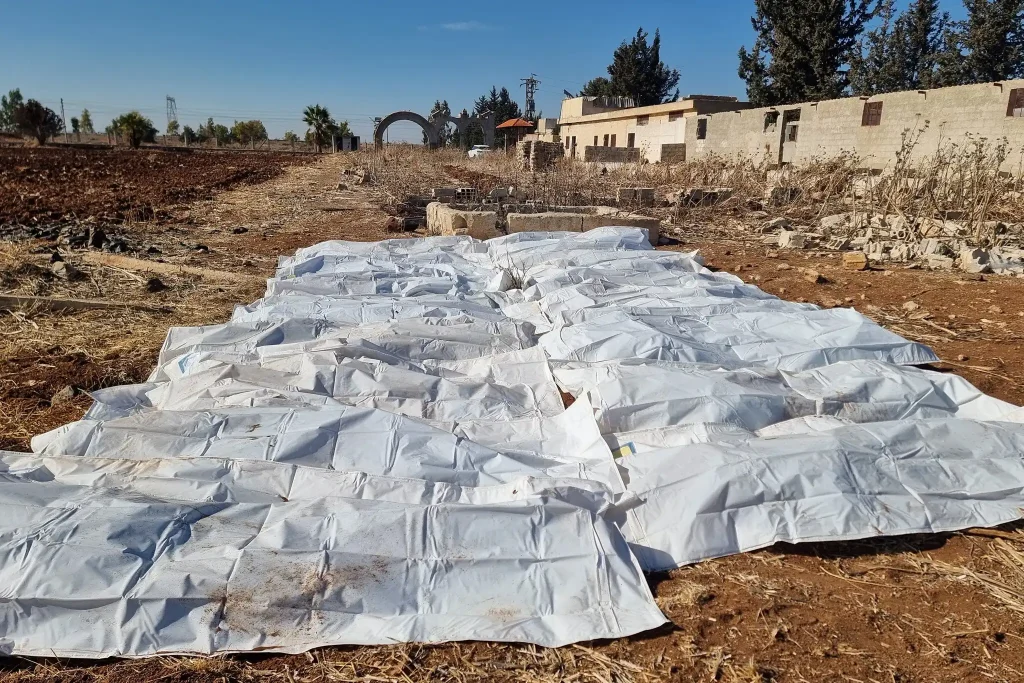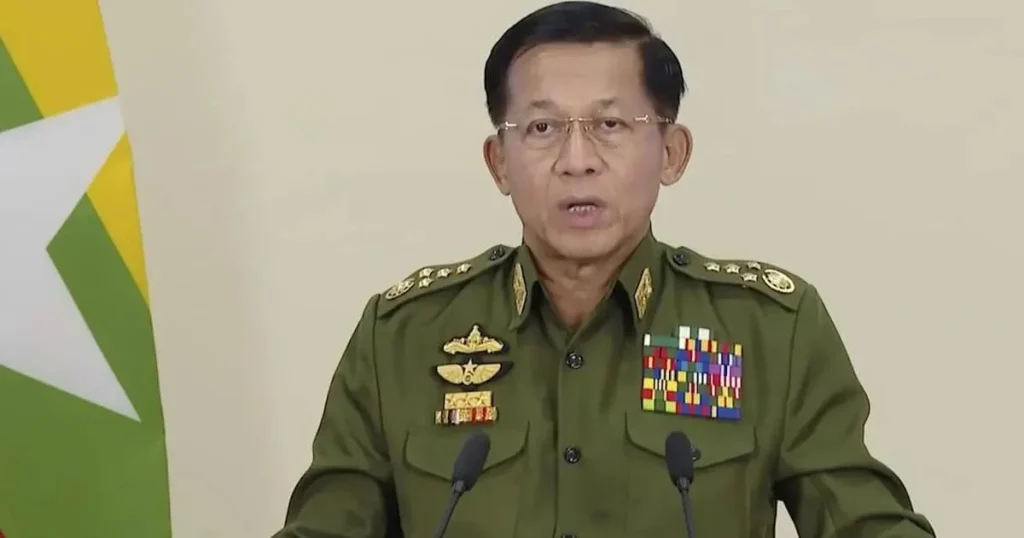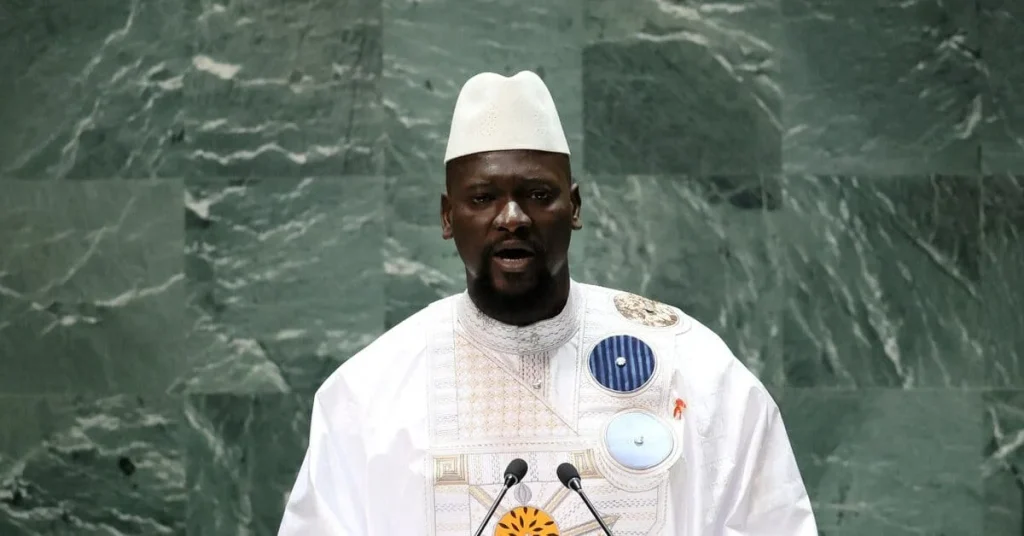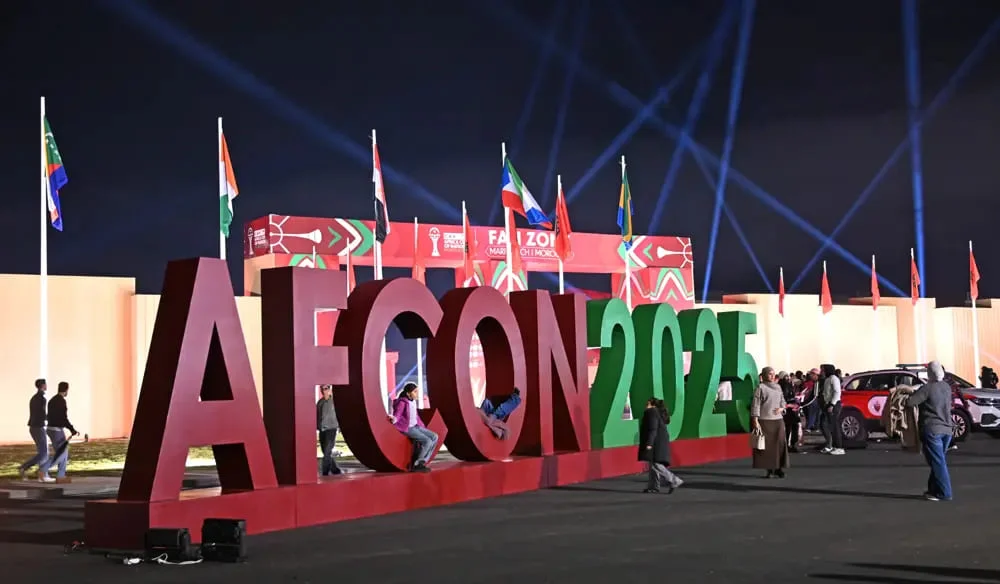For nearly two years, a grim operation unfolded on a Syrian desert highway four nights a week. Thousands of bodies were moved from a mass grave near Damascus to a secret location in the Dhumair desert.
Drivers, mechanics, and bulldozer operators worked under strict orders to stay silent, facing deadly consequences for speaking out.
The effort, called “Operation Move Earth,” was led by a Syrian colonel known for handling the regime’s burials.
The orders came from the highest levels of the Syrian government. The colonel, dubbed the “master of cleansing,” oversaw the transfer from 2019 to 2021.
The original grave in Qutayfah held remains of prisoners, interrogation victims, and war casualties.
Qutayfah to Dhumair
The Qutayfah site, exposed by activists during Syria’s civil war, was one of the country’s largest mass graves.
Investigations revealed that the government dug up its 16 trenches and moved the bodies to a military site in Dhumair, over an hour away.
The new site, with 34 trenches spanning 2 kilometers, may hold tens of thousands of remains, making it one of Syria’s largest known graves.
Analysis of over 500 satellite images showed Qutayfah’s trenches being emptied while Dhumair’s expanded.
Drone photos confirmed disturbed soil at Dhumair, darker and redder than nearby areas, suggesting transferred earth. Forensic experts noted this matches soil mixing patterns.
Secrecy and Motives
The operation began in late 2018 as the Syrian regime neared victory in the civil war. A former officer claimed the goal was to hide evidence of mass killings to improve the government’s global image after years of sanctions.
Witnesses, including truckers and a former elite guard, described a foul smell clinging to their clothes during nightly convoys of six to eight trucks.
A mechanic recalled secret nighttime repairs to keep trucks hidden. He doubted claims that the stench came from chemicals, sensing the true cargo. The operation’s secrecy relied on verbal orders and fear of retribution.
Challenges for Accountability
Syria’s new leadership, in power since December 2024, faces hurdles in addressing mass graves. The National Commission for Missing Persons noted that the chaotic transfer complicates identifying victims.
With up to 300,000 missing since 1970, per government estimates, organized excavation and DNA testing are needed but lack resources.
The commission plans a DNA bank and digital platform for families but lacks forensic experts. Documents showed a colonel’s stamp linking prison deaths to the graves, yet many records are missing or destroyed, hindering justice efforts.






